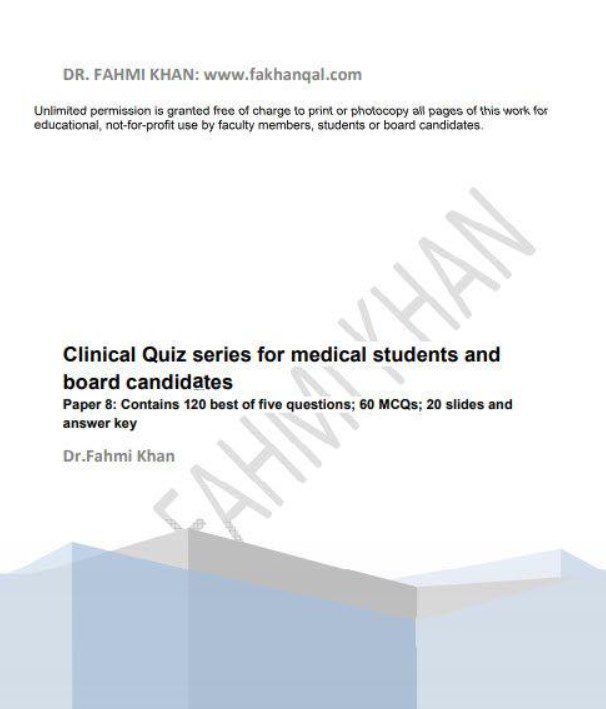Method Determine of Erythrocyte Sedimentation Rate (ESR)
Method Determine of Erythrocyte Sedimentation Rate (ESR) is a procedure used for calculation of Erythrocytes or Red blood cells settling dwon rate.
DEFINITION OF ESR
Method Determine of Erythrocyte Sedimentation Rate (ESR) or ESR is a measure of settling down of RBCs in an anticoagulated specimen of whole blood during a specified period of time.
APPARATUS OF ESR
- WST = Westergren’s tube
- WTB = Wintrobe’s tube
- Westergren’s tube (pipette) with stand,
- Wintrobe’s tube with stand,
- long nozzled capillary pipette (Pasture pipette),
- anticoagulants 3.8% sodium citrate solution (liquid form of anticoagulant),
- mixture of double oxalate,
- EDTA (powdered form of anticoagulant),
- petri dish containing 1.6 ml blood and 0.4 ml of 38% tri-sodium citrate,
- 2 ml disposable plastic syringe with needle and spirit swab.
Westergrenfs Tube with Stand
i. It is a thick walled glass tube of length 30 cm, open at both the ends with internal
bore 2.5 mm.
ii. Tube is graduated along the lower 2/3 portion, 0-200 mm from up to down.
iii. Westergren’s stand: Tall stand for holding the Westengren’s tube vertically with rubber pad at the bottom and screw at the upper end.
Wintrobe’s Tube with Stand
i. It is a thick walled glass tube of length of 2.5 mm.
ii. Lower 10 cm of the tube is graduated from 0bottom to upper end. .
iii. Markings from 0400 mm from upto down are used for reading ESR and markings from bottom to upward used for reading PCV (hematocrit).
iv. Wintrobe’s stand: it is a small stand as compared to Westergren’s stand. It IS used to keep the Wintrobe’s tube vertically.
v. The left sided series are used for ESR with O at the top. It is expressed as ESR (Wintrobe, 15′ hour) = …… mm.
ERYTHROCYTE SEDIMENTATION RATE (ESR)
The Erythrocyte sedimentation Rate is a measure of settling of the red blood cells in an anti coagulated whole blood sample which is allowed to stand in a narrow vertical tube during a specified period of time.
h 11 cm, closed at one end with internal bore
100 mm from top to bottom.

1. Westergren’s Method
Westergren’s tube is used to measure ESR in this method.
PROCEDURE
1. Take 0.5 ml of 3.8% sodium citrate solution in a clean and dry glass vial.
2. Withdraw 2 ml of blood from anticubital vein in a all aseptic conditions. Remove the
needle of the syringe and transfer the blood in vial containing sodium citrate solution. lmmediately mix the content.
3. Suck citrated blood in Westergren’s tube up to mark ’0’ and immediately close its upper opening with the help of index finger or thumb.
4. Press the tube after placing it’s lower end on rubber pad in the stand and fix the tube vertically in the stand with the help of screw.
5. Note the time and take the reading for ESR at the end of one hour of clean plasma column.
6. Perform the test at the temperature of 22-2 7°F.
7. Distance from bottom of plasma meniscus (at ”0” mark) to the top of RBC column is
measured. The buffy coat is not included in the reading. The buffy coat can be used to prepare a blood film for WBCs and platelets.
Normal Value
i. Man: < 50 years 0 -15 at the end of 1st hour.
ii. Man: > 50 years 10 -20 at the end of 1st hour
iii. Woman: < 50 years 0 20 at the end of 1st hour.
iv. Woman: >50 years 10 20 at the end of 1st hour
v. Children: 0 10 at the end of 1st hour.
ll. Wintrobe’s Method
Wintrobe’s tube is used to determine ESR by this method.
PROCEDURE
1. Take powder mixture of double oxalate (ammonium and potassium in ratio of 3:2) in a clean and dry glass vial. ‘
2. Draw 2 ml of blood from anticubital vein in all aseptic conditions and remove the needle
of the syringe and eject the blood in glass vial. 3. Mix the blood with anticoagulant gently.
4. Fill this blood in pasture pipette and introduce the capillary tube of pipette up to the bottom of Wintrobe’s tube.
5. Now apply the pressure on rubber teat and slowly take the pipette nozzle out so that tube ‘ will be filled up with the blood up to mark zero. 6. Note down the time and put the tube in the stand for one hour. Take the reading of clean
plasma column at the end of one hour.
Normal Value
i. Man: 0 9 mm at the end of 1st hour.
ii. Woman: 0 20 mm at the end of 1st hour.
Precautions of ESR
1. ESR tube should be clean and dry.
2. Blood sample must be collected in fasting state.
3. There should be no air bubble in ESR tube.
4. Single oxalate should not be used as anticoagulant in Wintrobe’s method. 5. Do not disturb the tube once kept in the stand for ESR.
6. Test should be done within 4 hours, otherwise RBCs will become spherical at room temperature.
7. If the anticoagulant used is ethylene diamine tetra-acetic acid (EDTA) and the sample is refrigerated then it can be tested for ESR upto 12 hours after collection of the sample. The temperature of the blood sample should be brought at room temperature before doing the test.
8. Over anticoagulation causes lower ESR values. 9. The rack should be leveled because slight tilt of the rack can give high ESR values.
10. The table on which the test is performed should be free of vibration.
11. High temperature increases ESR value while low temperature can give decreased ESR value.
Variation in ESR
Increase in ESR is seen in physiological and pathological conditions. (a) Physiological
1. Pregnancy
2. Menstruation
3. increased temperature 4. Higher in female
(A) Pathological: Any destructive process Acute infection -Pneumonic process.
(B) Chronic infection ~ Tuberculosis, rheumatic fever.
(c) Anemia
(d) Malignancy cancerous diseases.
(e) Sever trauma.
(f) Auto -immure diseases.
Decrease in ESR is seen in
1. Infancy
2. Polycythemia
3. Afibrinogenemia
4. Spherocytosis
5. Congestive cardiac failure Clinical Significance
Diagnostic significance of ESR:
It is non-specific investigation. it increases in various pathological conditions when there is destruction of cells in the body.
Prognostic significance of ESR:
It is a very important prognostic investigation. Repeated estimation is done during treatment period. Progressive decrease in ESR shows patient is improving and treatment is effective.
Our Objectives
At the end of the post, reader should be able to:
1. determine ESR.
2. tell normal value of ESR.
3. tell the significance of the investigation.
If you have any question about Erythrocyte Sedimentation Rate (ESR). Feel free and ask in the comment section below.









Leave a Reply